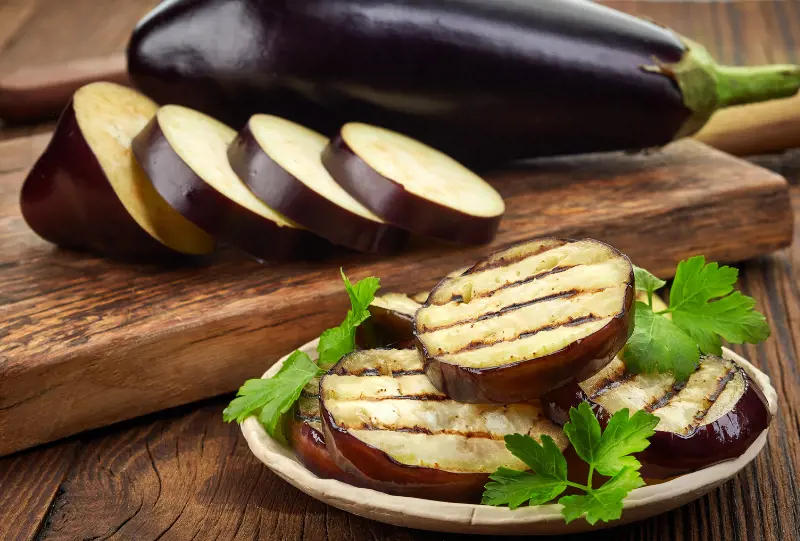How to grow eggplant at home?
This summer veggie is perfect stuffed, grilled, baked, or stir-fried – all the more reason to grow and have a fresh supply on hand! They need a little bit of room to grow, but you can also grow smaller varieties to save on space.
How to grow eggplant in a garden
1- Start seeds in punnets or small pots filled with Yates Black Magic Seed Raising Mix.2-Choose a sunny spot in the garden and enrich the soil with Yates Thrive Natural Blood
3- When seedlings are 7 to 10cm tall, transplant into the garden bed, mulch with organic
4- Feed weekly with Yates Thrive Natural Fish Seaweed+ Plant Food Concentrate.
5- Stake as the plants grow to help support the weight of the fruit.
How to grow eggplant in a pot
Eggplants are quite happy in containers but choose plants with smaller fruit, such as
‘White Star’ or Lebanese eggplants.
- Choose a pot at least 300mm wide and deep and position it in full sun.
- Fill the pot with a quality potting mix, like Yates Premium Potting Mix. Sow seeds.
- Feed weekly with Yates Thrive Natural Fish Seaweed+ Plant Food Concentrate.
- A regular harvest promotes new growth.
Eggplant, also known as aubergine in the United Kingdom and brinjal in Asia and Africa,
has large, richly colored fruit with smooth glossy skin. Eggplant is a versatile vegie that
can be used in a wide range of culinary styles and dishes, including moussaka and baba
ghanoush and delicious char-grilled or oven-roasted.
Yates® Eggplant Blacknite is a vigorous, high-yielding variety with striking purple-black
skin. It’s rich in vitamin C, thrives in hot weather, and is a fantastic eggplant to grow at
home.
Here’s your simple eggplant sowing and growing guide:
- Sow Yates® Eggplant Blacknite seeds direct where they are to grow, in a sunny veggie
2- Seedlings should pop up in around 10 -14 days.
3-To encourage a great harvest, as soon as the seedlings are established, start feeding each
5- Eggplant fruit can be picked starting from 14 weeks after sowing.
6-For best fruit quality, harvest when the skin is smooth and shiny. Cut the fruit from the
7- Regular harvesting will promote further flowering and fruiting.
8- Monitor plants for pests such as whitefly and spider mites and control with regular




